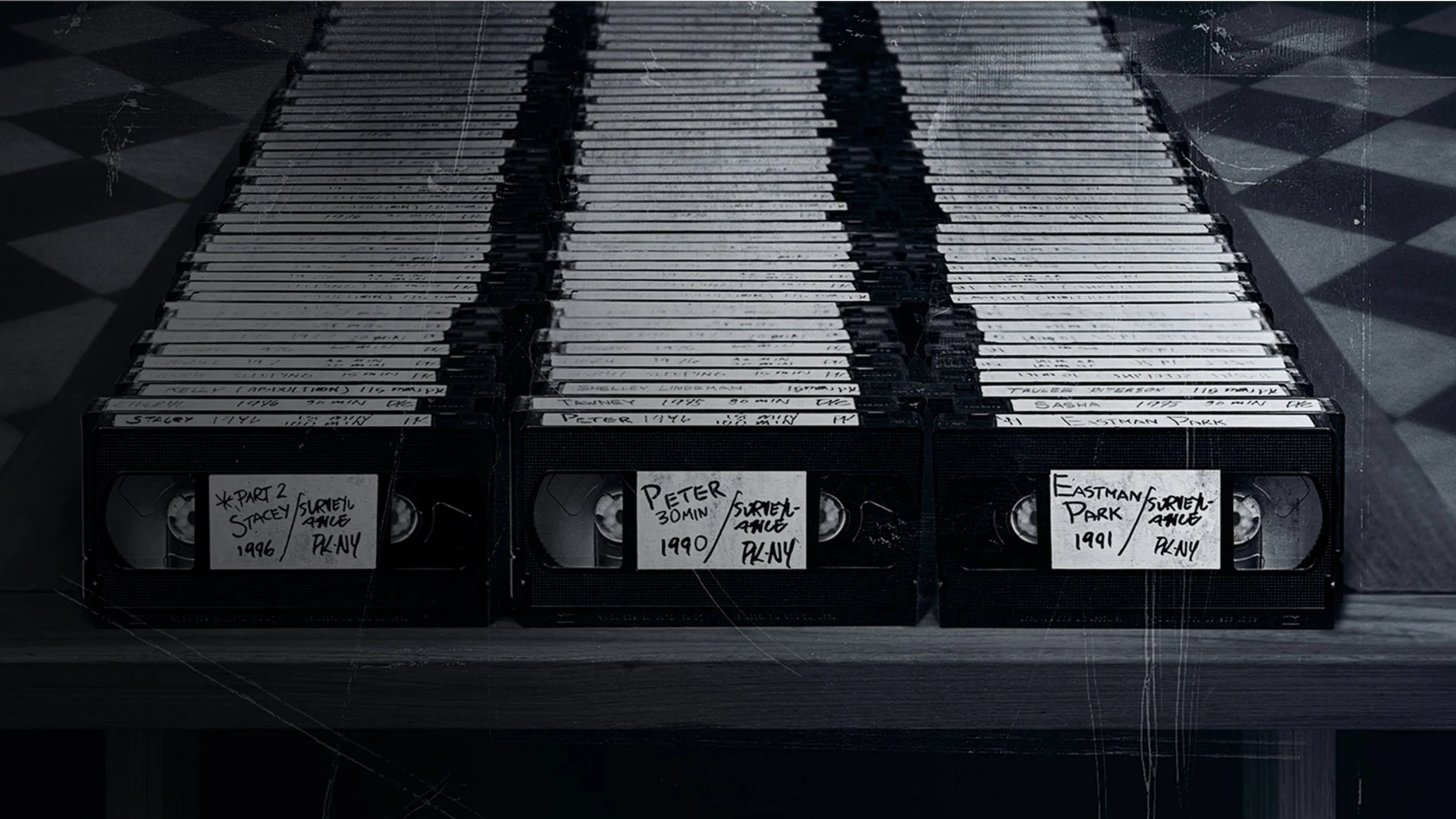Review: The Anderson Tapes (1971)
Depending on how you look at it and its strange method of presentation, Sidney Lumet’s 1971 heist thriller, The Anderson Tapes, could be taken several ways. If you focus on its formal presentation and thematic implications, you might read the film as a lesser version of Francis Ford Coppola’s The Conversation (1974) or even as an accidental piece of inspiration for the found-footage subgenre. You can also focus on the treatment of criminals and police responses to crime, which makes it something of a dry run for Lumet’s own Dog Day Afternoon (1975), arguably his greatest cinematic achievement. Regardless of which approach you take, The Anderson Tapes has a lot to like for a work that could’ve been relatively straightforward.
The film follows a thief named Duke Anderson (Sean Connery, right at the end of his run as James Bond) who gets out of prison only to plan an elaborate heist of the rich tenants of the Madison Avenue building where his former girlfriend Ingrid (Dyan Cannon) is living. Most of the film follows the conventions of the heist genre. It starts with Anderson getting out of prison and gathering his crew of criminal professionals—including Martin Balsam as an effeminate fence, Dick Anthony Williams as the African-American driver, and Christopher Walken in one of his first screen roles as a young safecracker. It then moves into an extended heist sequence that draws on cinema’s long history of elaborate heist sequences, most famously in Jules Dassin’s Rififi (1955). The film is breezy in its plotting, but unremarkable, and if that was all that there was to the film, it’d be little more than an enjoyable B-movie.
However, Lumet throws in a curious wrinkle to the film’s presentation, borrowed from the bestselling novel upon which it’s based. Anderson is often under surveillance from the moment he leaves prison, usually by accident and incidental to the heist he’s planning. In an almost experimental formal approach, Lumet interjects random moments of surveillance footage of Anderson going about his business. We watch him on CCTV cameras from building security rooms, spy him through a telescope that federal agents are using from across the street, or listen in on his apartment conversations through wiretaps from private detectives.
It’s important to point out that none of these methods of surveillance are coordinated; usually these agents are following the people that Anderson is meeting with, such as low level gangsters and crooked bookkeepers, and so his actual crimes are of little interest to the various authorities. In fact, the only time the surveillance intersects with his private life is when Ingrid’s wealthy boyfriend uses audio recordings of Anderson discussing his heist in order to blackmail him to leave Ingrid alone.
This formal and stylistic approach is a formal device with thematic suggestions; it does not affect the plot aside from the brief moment I mentioned above. Quincy Jones’s electronic score significantly helps produce this atmosphere as it stands in for the electronic instruments of surveillance, constantly reminding us of their presence even when they’re not in the scene. This approach shows that even in 1971, surveillance was becoming a concern for Americans, and that it wasn’t uncommon for people, both criminal and civilian, to be constantly watched and recorded. And like with so many surveillance operations nowadays, there’s an incompetence and illegality to the agents who are surveilling Anderson in the film—the final moments brilliantly highlight this fact.
The fact that the surveillance doesn’t interact with the actual heist, which excitingly plays with hostage taking and brutal police responses (hinting at things to come in Dog Day Afternoon), is a bit disappointing. But a film that focuses more on the surveillance would look a lot more like Coppola’s The Conversation than the film as it exists here—in short, it wouldn’t be the same film.
Thus, The Anderson Tapes is mainly an effective thriller and a showcase for Sean Connery’s incomparable charisma. But the presence of such a complex experimental approach does show that like so many other films of the 1970s, The Anderson Tapes gestures at a growing social discomfort and distrust. Even if the film does not contextualize or dig into the implications of its formal approach, it demonstrates that throughout the 1970s even movie escapism was tinged with the shadow of institutional corruption; not even a simple heist could be apolitical.
7 out of 10
The Anderson Tapes (1971, USA)
Directed by Sidney Lumet; written by Frank Pierson based on the novel by Lawrence Sanders; starring Sean Connery, Dyan Cannon, Martin Balsam, Ralph Meeker, Alan King, Dick Anthony Williams, Val Avery, Garrett Morris, Stan Gottlieb, Christopher Walken.



Kiyoshi Kurosawa’s 2001 J-horror film predicted the new millennium in terrifying ways.